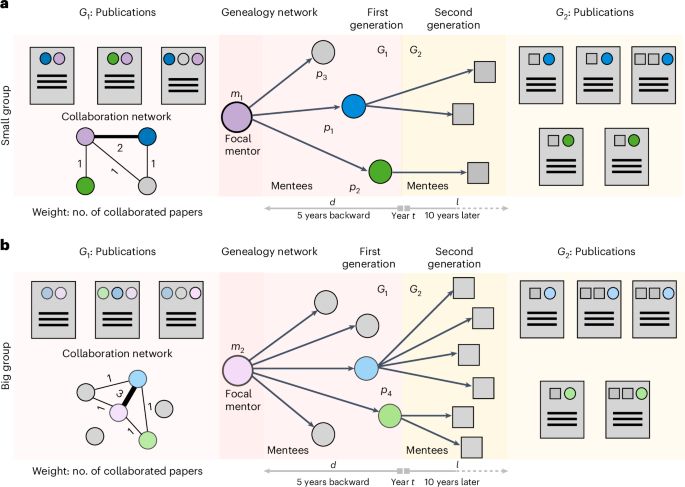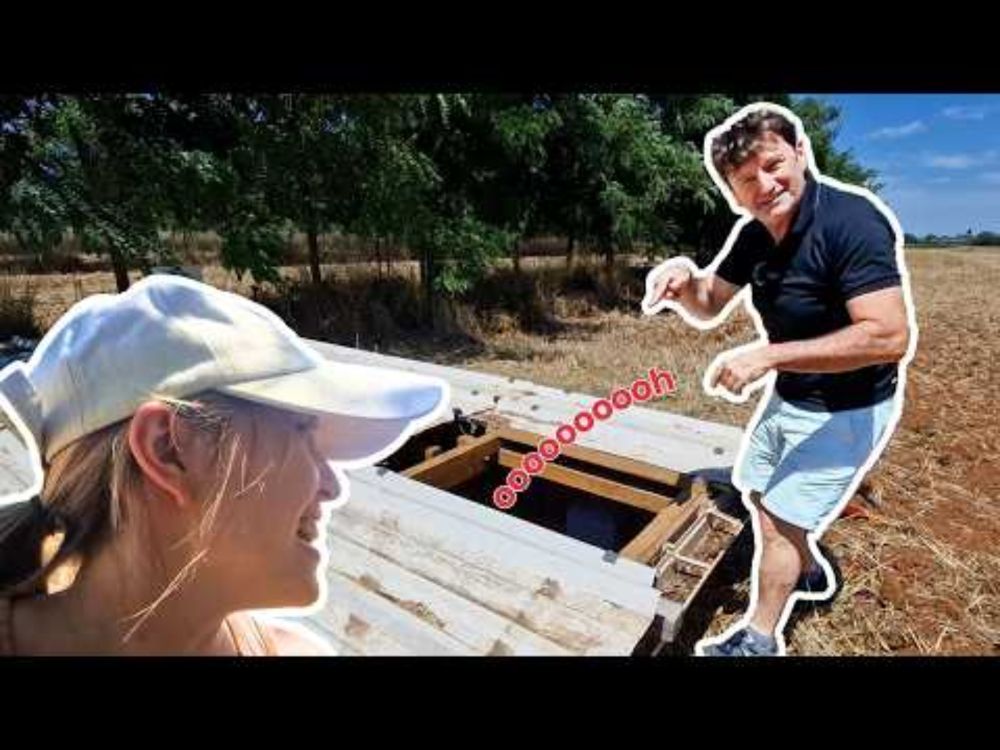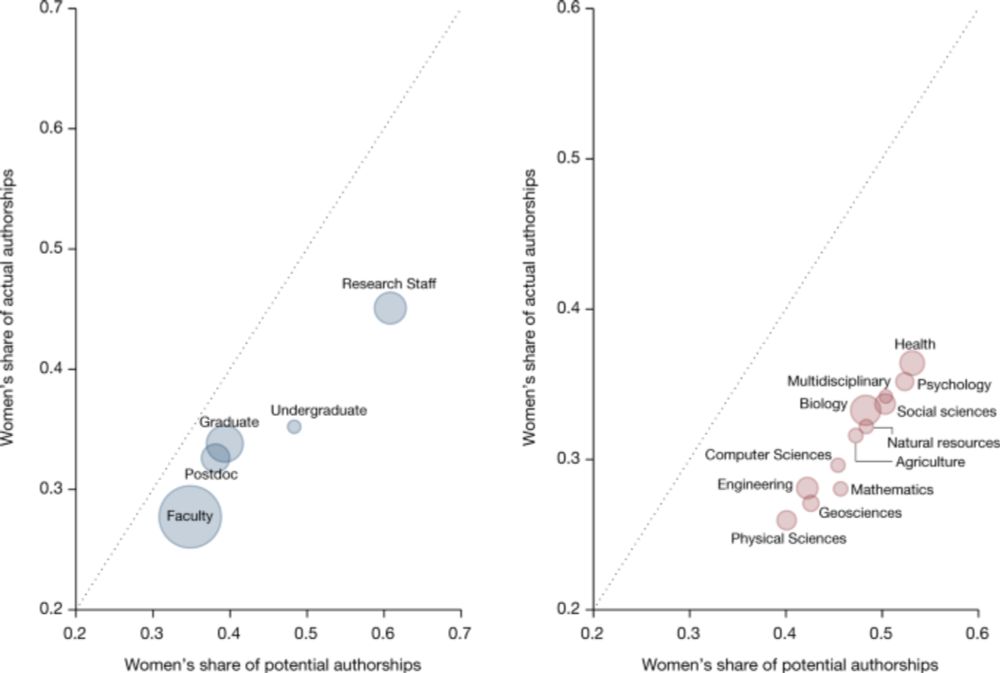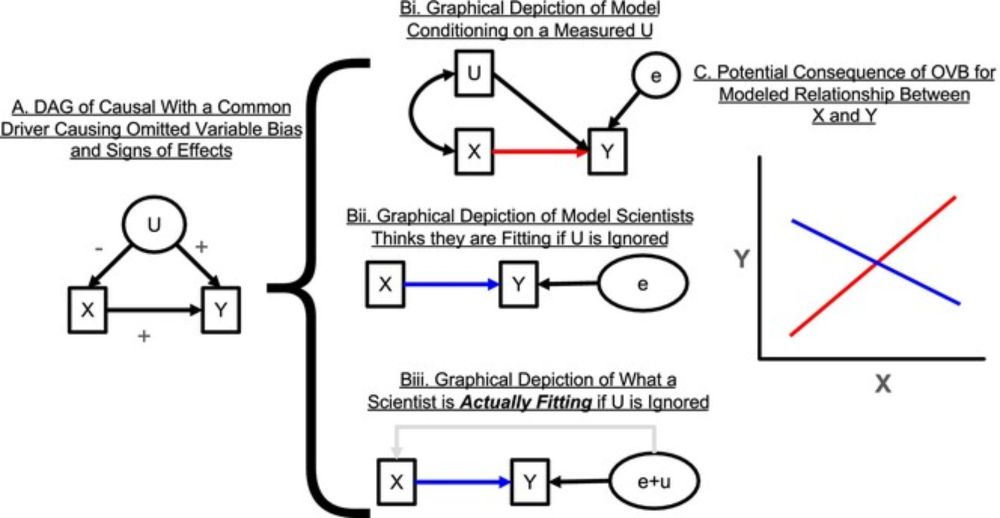
Poster showing the following text: PhD in microbial mechanisms of soil carbon cycling. Soil microbes shape the global carbon cycle in life and death. We study the effect of aboveground land management on belowground soil carbon cycling processes. We aim create a scalable understanding of microbial processes from single cells to populations to communities to ecosystems. Pictures with text: peatland restoration, sustainable agriculture and woodland regeneration.
📢 Funded PhD opportunities for UK candidates in beautiful Edinburgh. Get in touch if you're interested in a PhD on understanding the mechanisms of soil carbon cycling and the role of microbes. We work in different ecosystems: peatlands, forests and agricultural soils. Please repost/spread the word.
16.09.2025 16:25 — 👍 17 🔁 24 💬 0 📌 0
🌳 One of my dearest projects—with brilliant friends and colleagues—is out in @NatureComms
We show that how you plant tree species (not just which) can significantly boost forest functioning.
🔗 rdcu.be/evtXs
👇 A short thread
09.07.2025 12:01 — 👍 15 🔁 8 💬 1 📌 0
This looks interesting, but the link doesn't work and I can't find it on the website. Can you check, @journalofecology.bsky.social ?
18.04.2025 13:21 — 👍 1 🔁 0 💬 1 📌 0
Amateur. Next time make sure you don't leave your phone on selfie mode!
01.04.2025 08:20 — 👍 0 🔁 0 💬 0 📌 0
ORCID
Hi Bluesky! I'm Fabien, I'm an agronomist and soil scientist at INRAE. My current research digs into the impacts of agricultural systems on soil carbon storage. I like combining experimental and modelling approaches. Here, I'll mainly share news on my research.
More info ⬇️
orcid.org/0000-0002-20...
27.03.2025 08:16 — 👍 4 🔁 3 💬 0 📌 0

No short-term response of microbial or isopod-driven litter decomposition to microplastics
Microplastic pollution is a growing threat to soils, but its effects on plant litter decomposition remains poorly understood. Particularly, it is uncl…
📣 Our paper on the effect of microplastics on decomposition is out in Applied Soil Ecology: "No short-term response of microbial or isopod-driven litter decomposition to microplastics".
⚠️ Spoiler: We do not report any significant effect, and yes it matters.
www.sciencedirect.com/science/arti...
17.03.2025 08:34 — 👍 19 🔁 5 💬 0 📌 0
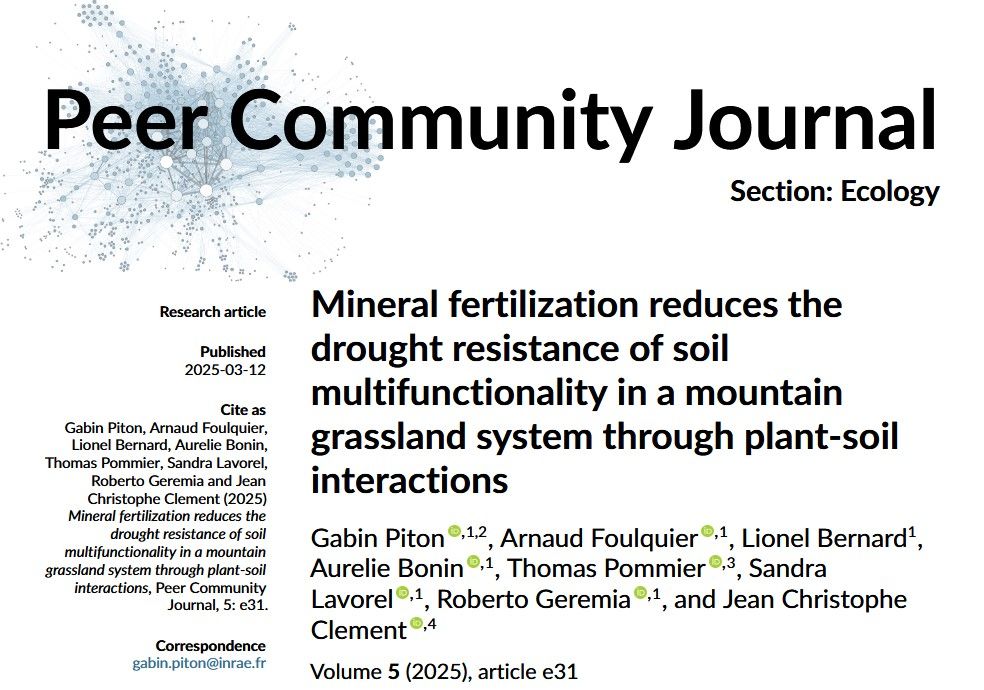
New paper in diamond open-access @peercomjournal.bsky.social
Reducing mineral fertilizer use in mountain grasslands could improve the ability of their soil to maintain their multifunctionality during drought.
Last chapter of my PhD 5 y latter. #NewPI never give up publish your science! #Soilscience
12.03.2025 16:04 — 👍 7 🔁 4 💬 0 📌 1

No short-term response of microbial or isopod-driven litter decomposition to microplastics
Microplastic pollution is a growing threat to soils, but its effects on plant litter decomposition remains poorly understood. Particularly, it is uncl…
📣 Our paper on the effect of microplastics on decomposition is out in Applied Soil Ecology: "No short-term response of microbial or isopod-driven litter decomposition to microplastics".
⚠️ Spoiler: We do not report any significant effect, and yes it matters.
www.sciencedirect.com/science/arti...
17.03.2025 08:34 — 👍 19 🔁 5 💬 0 📌 0
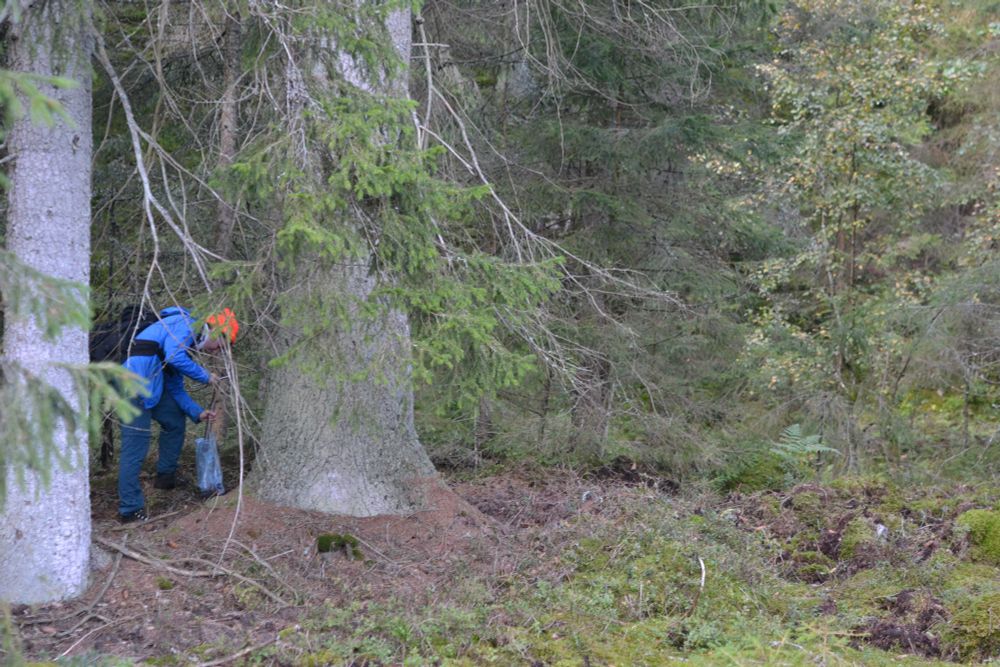
Can you see the forest for the fungi?
Check out our new research examining this in depth in Conservation Biology 💫
conbio.onlinelibrary.wiley.com/journal/1523...
13.03.2025 11:55 — 👍 21 🔁 10 💬 2 📌 2
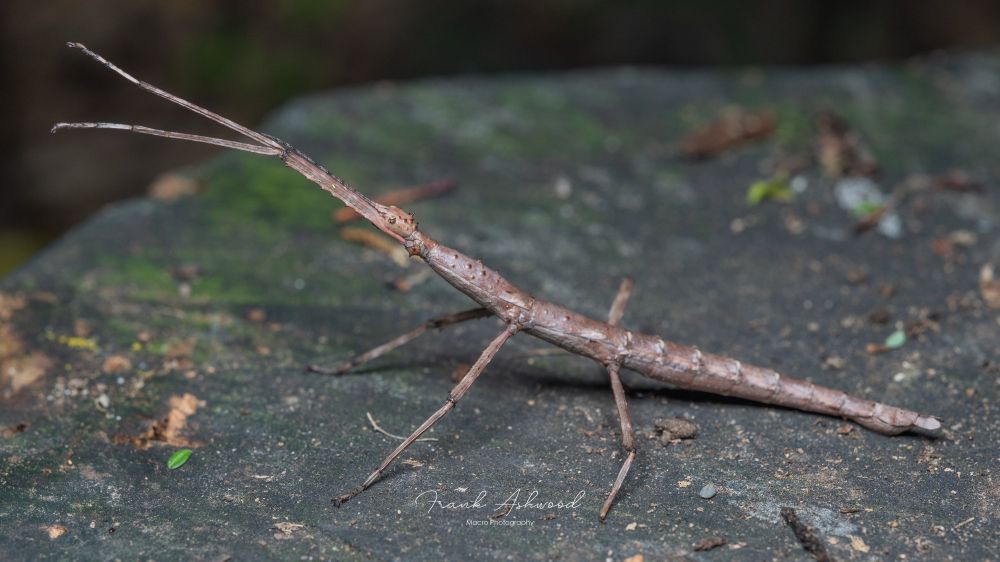
A photograph of a brown stick insect standing on a tree stump, with its head and front legs raised in the air.
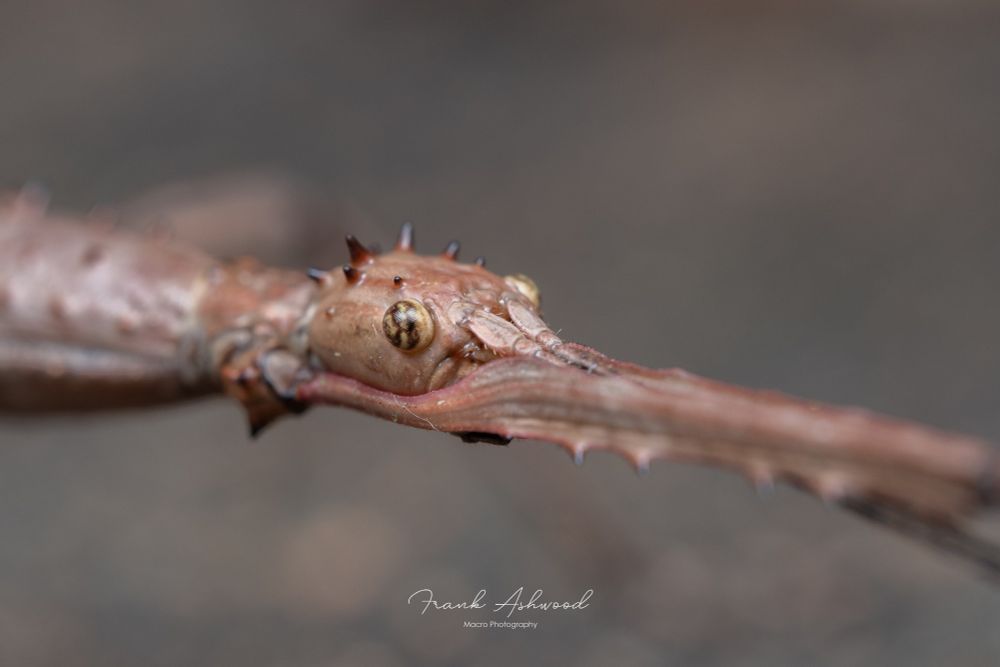
A photograph of the head of a brown stick insect, with its black and yellow patterned compound eyes in focus.
This gorgeous creature is the prickly stick insect (Acanthoxyla prasina), one of New Zealand's 23 species of stick insect.
Huge thanks to @morganemerien.bsky.social for pointing this out on a recent University of Canterbury field trip - it's great fun teaching entomology!
#Invertebrate 🧪
08.03.2025 21:58 — 👍 135 🔁 15 💬 3 📌 1

An example of spam email from dubious journals inviting me to submit a manuscript to their journal (for a fee of course).
Dear colleagues,
If you use "Greetings of the day!", "distinguished speaker", or "your valuable submission" in your emails, my new bespoke spam filter will mark is as read and delete it. Works like a charm for now.
I eagerly await for your valuable spam-filtering term suggestions. 🙏⤵️
25.02.2025 12:12 — 👍 7 🔁 0 💬 1 📌 0

A photograph of a velvet worm - an orange and purple-patterned invertebrate composed of many soft segments and tiny spined legs. The velvet worm has long, segmented antenna and a pair of organs on its head which squirt glue for prey capture.
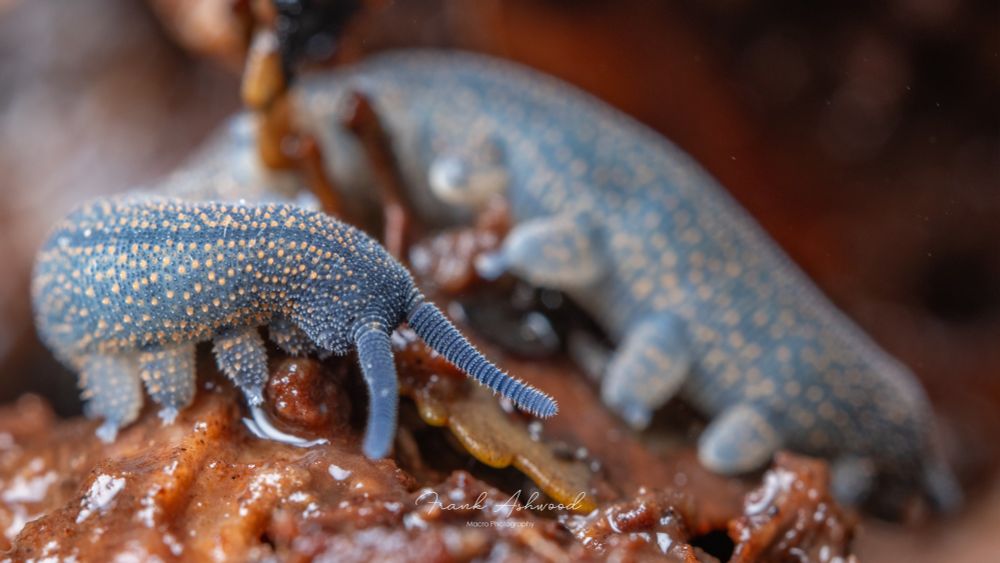
A photograph of a velvet worm - an Blue and yellow-patterned invertebrate composed of many soft segments and tiny spined legs. The velvet worm has long, segmented antenna and a pair of organs on its head which squirt glue for prey capture.
Introducing New Zealand's latest Bug of the Year- the magnificent Ngāokeoke / Velvet Worm!
NZ has two genera: one lays eggs (Ooperipatellus, 1st photo) and another gives live birth (Peripatoides, 2nd). They also deposit sperm which burrow through their partner's skin, but that's another story! 🧪
24.02.2025 08:25 — 👍 541 🔁 151 💬 14 📌 6
YouTube video by Écran de savoirs
Il a détourné un scanner de bureau pour ça ! Ep.6 Christophe Jourdan
Notre unité a mis au point des scanners enterrés pour étudier la dynamique racinaire puis plus largement les interactions biologiques dans le sol. La chaine "écran de savoir" des universités de l’Occitanie-Est, présente en vidéo cette innovation technologique :
www.youtube.com/watch?v=GgDe...
20.02.2025 10:12 — 👍 4 🔁 1 💬 0 📌 0
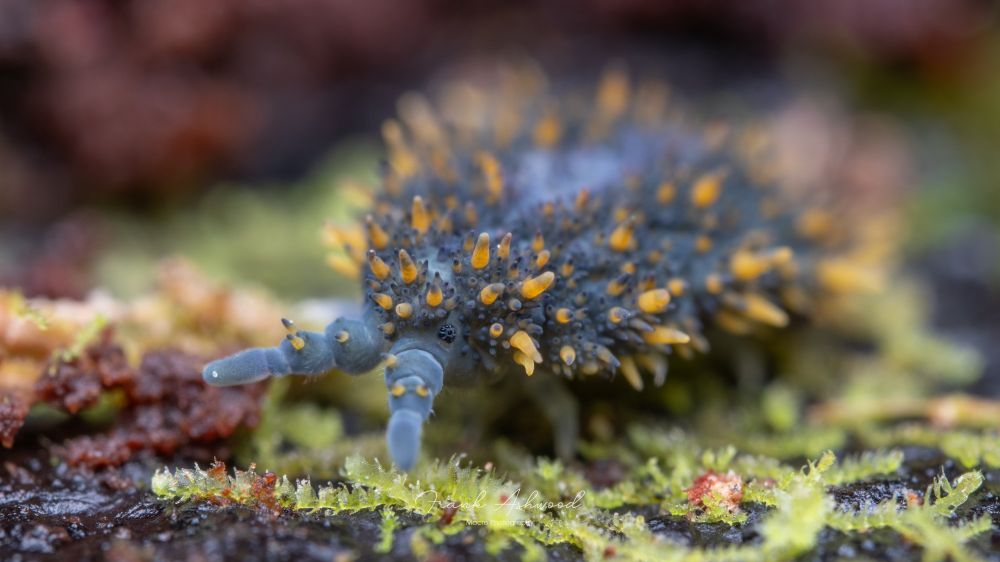
A photograph of a giant springtail on a decaying log. The springtail has soft blue skin, and is covered in soft, pointy yellow spines.
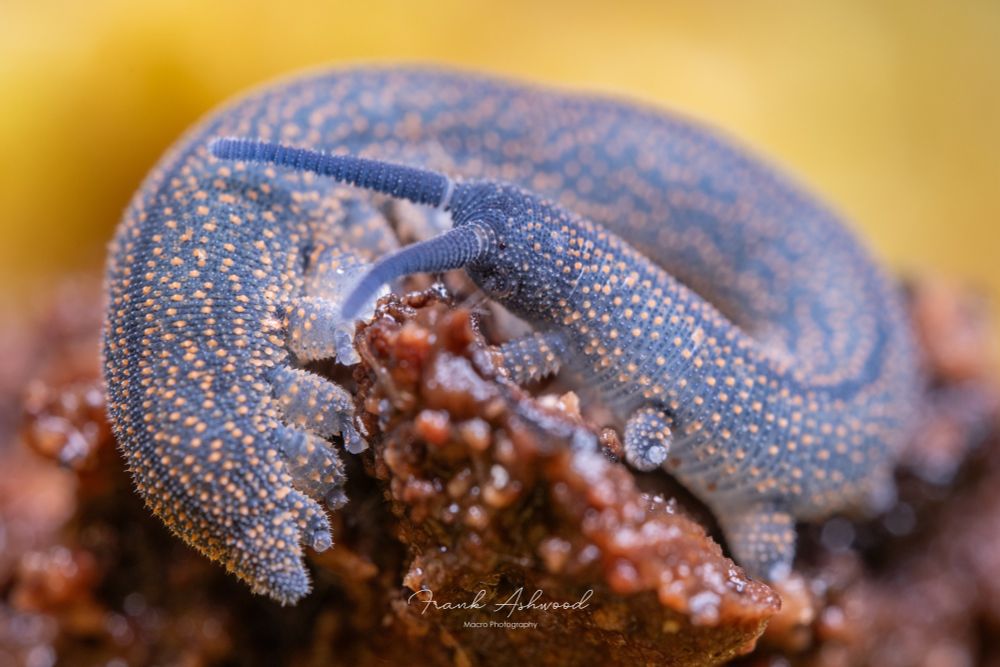
A photograph of a velvet worm on a decaying log. The velvet worm has many legs, soft blue skin, and is covered in beautiful orange dots scattered randomly over its body.
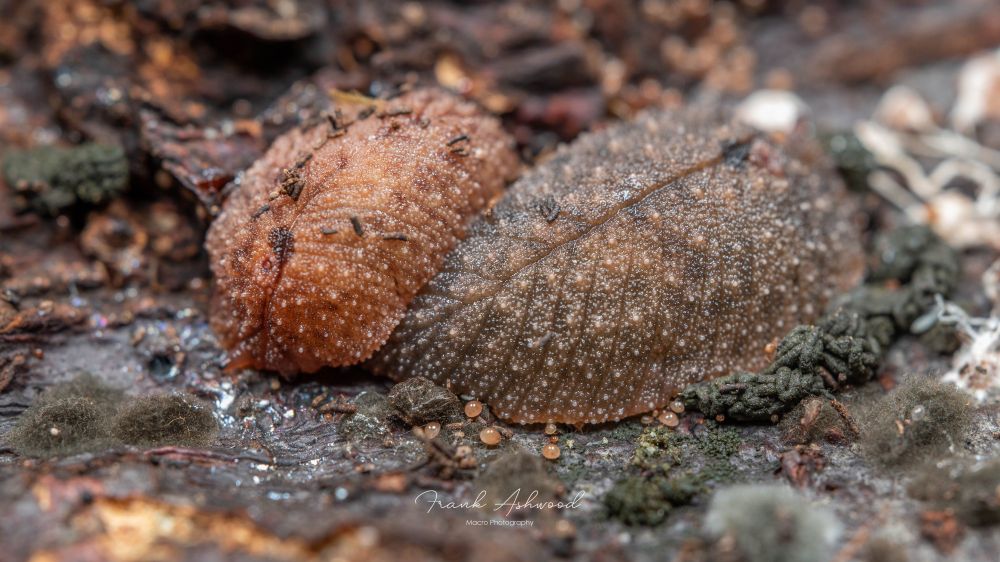
A photograph of a pair of leaf-veined slugs on a decaying log. One is orange and the other is green, and both have a leaf vein-like branching depression running down the midline of their bodies, giving them a leaf-like appearance.
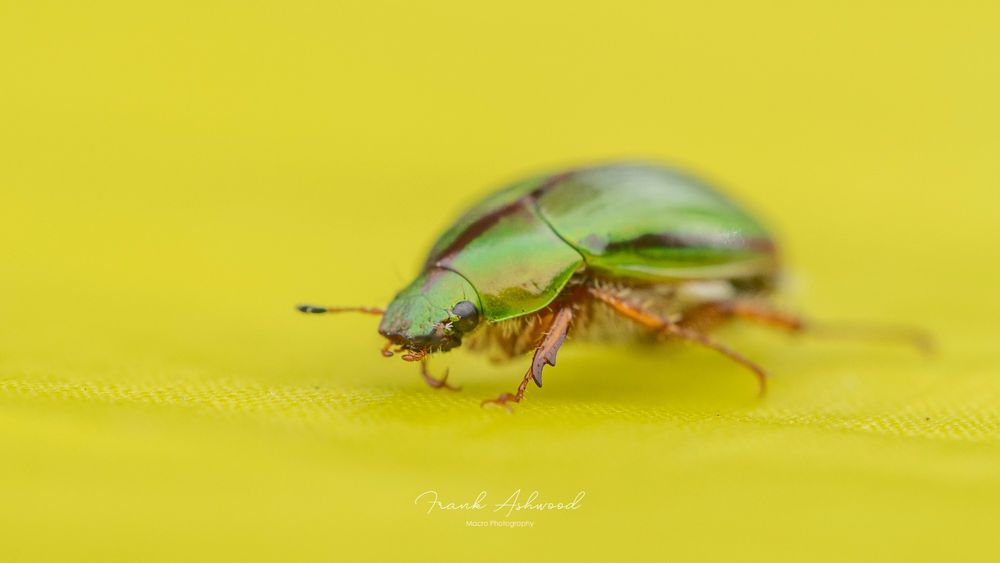
A photograph of a manuka chafer beetle walking on a bright yellow sheet. The beetle is beautifully iridescent green with orange-brown legs.
We're all on tenterhooks waiting for the results to be announced tomorrow for the NZ Bug of the Year competition!
Here's a few of my favourite contenders. Now voting is over I'll admit I have been quietly rooting for the velvet worm too - they're amazing animals!
Good luck #TeamGiantSpringtail!
20.02.2025 08:14 — 👍 89 🔁 13 💬 2 📌 0

Science is under threat
11.02.2025 16:59 — 👍 49 🔁 18 💬 0 📌 2
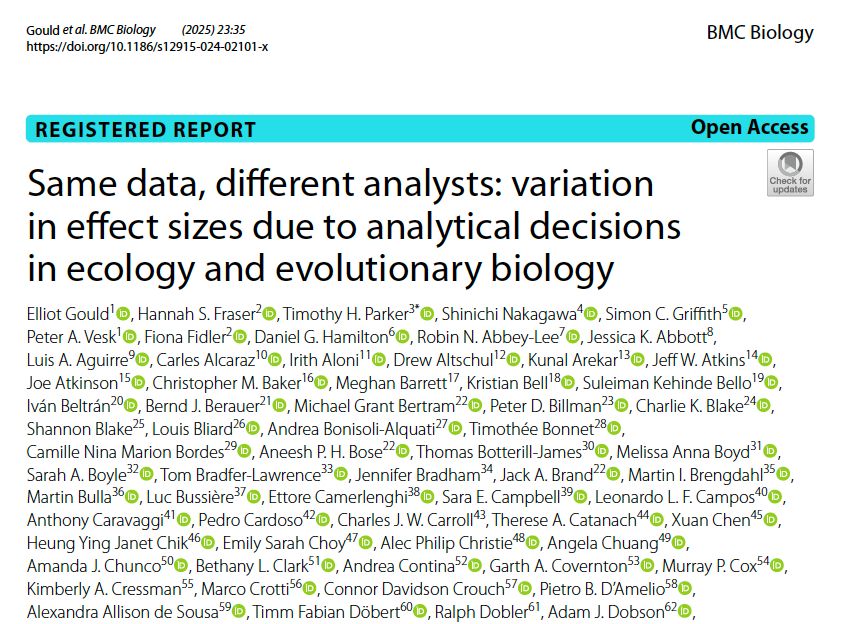
The first many-analysts study in ecology is finally published! 🥳🙌
300+ coauthors and 5+ years, this was a massive effort by @elliotgould.bsky.social Hannah Fraser Tim Parker and co.
Open access 👉 bmcbiol.biomedcentral.com/articles/10....
06.02.2025 17:57 — 👍 153 🔁 64 💬 2 📌 7
Hello, Bluesky! ☀️
We fund frontier research in Europe—bold ideas, unexpected discoveries and science that shapes the future. So it’s only fitting we’ve landed here. Sorry for being late.
Follow us for updates on ERC funding, research policy, and our grantees' discoveries.
07.02.2025 08:16 — 👍 1131 🔁 379 💬 42 📌 30

A caterpillar-like leaf beetle larva rests on a leaf of Baccharis. It is iridescent like an oil slick and excreting a wet fecal pellet.
Beauty & the Feces.
groundselbush #beetle #larva #Chrysomelidae #Trirhabda bacharidis (Raleigh, NC, USA)
06.02.2025 15:39 — 👍 60 🔁 4 💬 2 📌 0

« Nous appelons à l’organisation d’une convention nationale de l’éthique environnementale de la recherche »
TRIBUNE. Tamara Ben Ari et Aude Valade, chercheuses en écologie et agronomie, estiment que les initiatives existantes ne suffisent pas pour dessiner une recherche éthique, alignée avec les impératifs ...
Tough but essential debate for our labs. Aude Valade from our unit and Tamara Ben Ari, call for a convention on the environmental ethics of research: How do we decide what research to continue? What criteria to evaluate energy-consuming research? How can we distribute reductions? Paper in French 🇫🇷
30.01.2025 09:10 — 👍 1 🔁 2 💬 0 📌 0
@umr-ecosols.bsky.social
29.01.2025 12:01 — 👍 2 🔁 1 💬 0 📌 0

Eco&Sols has now moved to bluesky! Our research unit works on functional ecology and biogeochemistry in agroecosystems, from the biodiversity in soil aggregates, to plant-soil interactions and global C cycle. This account will share publications, project updates, job opportunities and more.
28.01.2025 17:05 — 👍 12 🔁 5 💬 0 📌 0
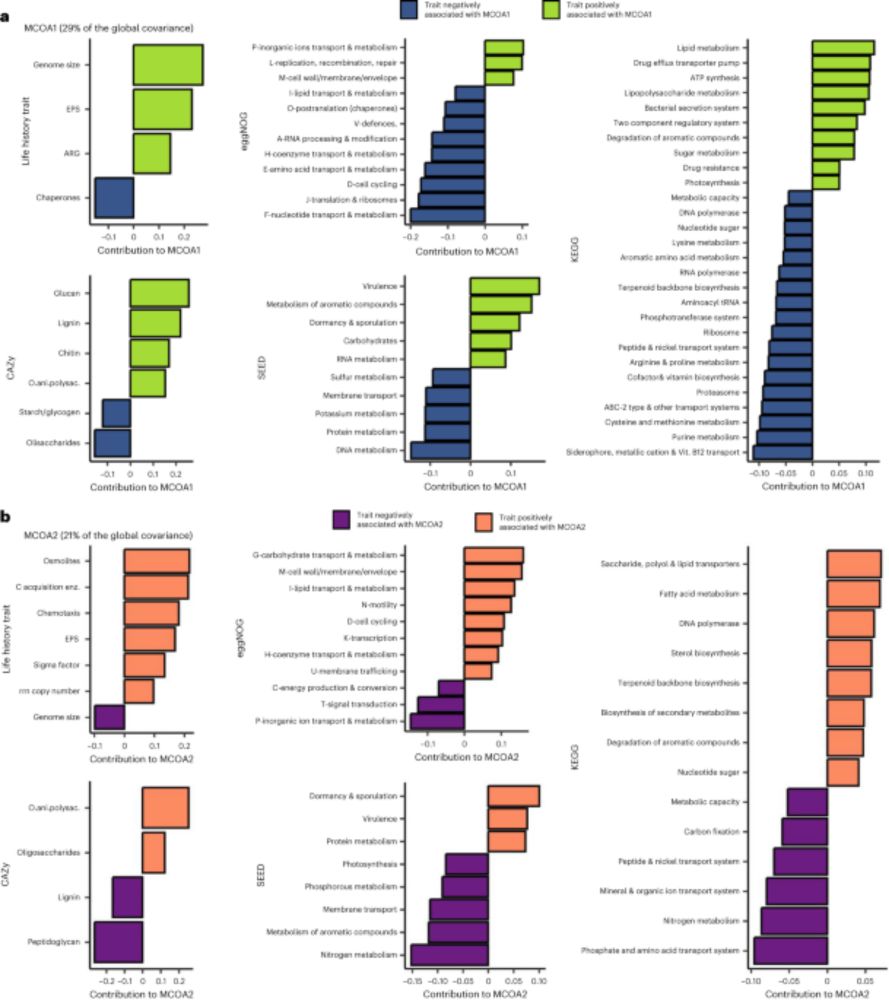
Life history strategies of soil bacterial communities across global terrestrial biomes - Nature Microbiology
Analysis of metagenomes from across the globe reveals the spectrum of soil microbial functional diversity based on community aggregated traits.
Hi bluesky! I will only share news on my research here. My main topics are microbial ecology and biogeochemistry. My current research digs into the functioning of root-soil system in deep horizons of agroforestry systems and the global life history strategies of soil bacteria.
Recent publications 👇
28.01.2025 16:29 — 👍 22 🔁 7 💬 2 📌 1
I would be a bit more nuanced, but it's not far off. If one only cares about carbon, planting trees can sometimes be useful, though not as much as we think, and it can be even detrimental in carbon-rich soils (peat/peaty soils, tundra, etc).
27.01.2025 12:20 — 👍 1 🔁 0 💬 0 📌 0
Innovator and developer of ecoacoustics for monitoring soil health.
Visit https://soilacoustics.com for more info'.
Read our story on LinkedIn https://www.linkedin.com/company/soil-acoustics-ltd
The EU channel for scientists & researchers: opportunities to fund your ideas, updates from EU-funded science, and scientific resources you can use in your work.
Lecturer - University of Montpellier
Plant ecology - evolution - conservation
https://guillaume-papuga.github.io/
acarology, soil functional biodiversity, feeding guilds, ecosystem services, best practices, agro-ecosystems
Double Degree International Master Program between 🇩🇪 Würzburg & 🇳🇴 Bergen in 🌱Ecology, 🌿Conservation & 🌡️Global Change
https://www.ecology-conservation.de/
Led by Prof. Ingolf Steffan-Dewenter, we’re the 🐝-hive of biodiversity research at the University of Würzburg’s Biocenter, Germany 🇩🇪 From buzzing tropical forests to European farmlands, we decode how climate and land use changes shape the web of life.
Assistant Professor at University of Toulouse, Ecole d'ingénieurs de Purpan. Soil ecologist interested in the impact of global change on biodiversity and functions.
We work on planetary problems. Currently: counting climate change-related deaths; pandemic risk assessment in a changing biosphere; data, science, and vaccine access during public health emergencies. 👉 carlsonlab.bio
Head, School of Biological Sciences, Monash University. Physiology | life history | ecology | evolution | higher education
I’m campaigning for more messy spaces for nature, join our messy mission and let’s Rewild together by doing less- and letting nature do the rest!
PhD researcher - Rewilding with Beavers 🦫
Founder of the Wee Pond Project 🐸
Enthusiastic soil ecologist at UKCEH | long-term environmental monitoring | climate change | daily cyclist | proud owner of solar panels
Professor of Environmental Science and Engineering #KAUST Husband, father, dryland ecologist & runner. PI #Maestrelab
Lecturer in Earth Science at Stirling University|PhD Student at Newcastle University| Earth science, Invasion Ecology and Fluvial geomorphology| https://jahardwick.owlstown.net/
Entomologist and artist. All views are my own.
Alberta, Canada.
They/them
🍉🌈🏳️⚧️
Scientist @icmcsic.bsky.social #Barcelona: aquatic microbes, ecosystems, genomics, evolution, AI, bioinformatics & SciFi 🇪🇸🇦🇷 https://log-lab.barcelona
Conservation Biologist
Wildlife | Travel | Politics
Instagram ➴
https://www.instagram.com/trailofatraveler?igsh=MWdoOXZ2cHo5amJtNQ==
Nomad & Print Artist since 1998: Home isn’t a place, it’s a feeling. Traveling along my German grandmother’s roots. Mover: Strong voice against Trumpism. Linktree: linktr.ee/Strandjunker
Specialist of the far right and populism. Professor of French Literature, Cinema, and Culture at Stanford. Concerned citizen. Political Discourse Analysis.



